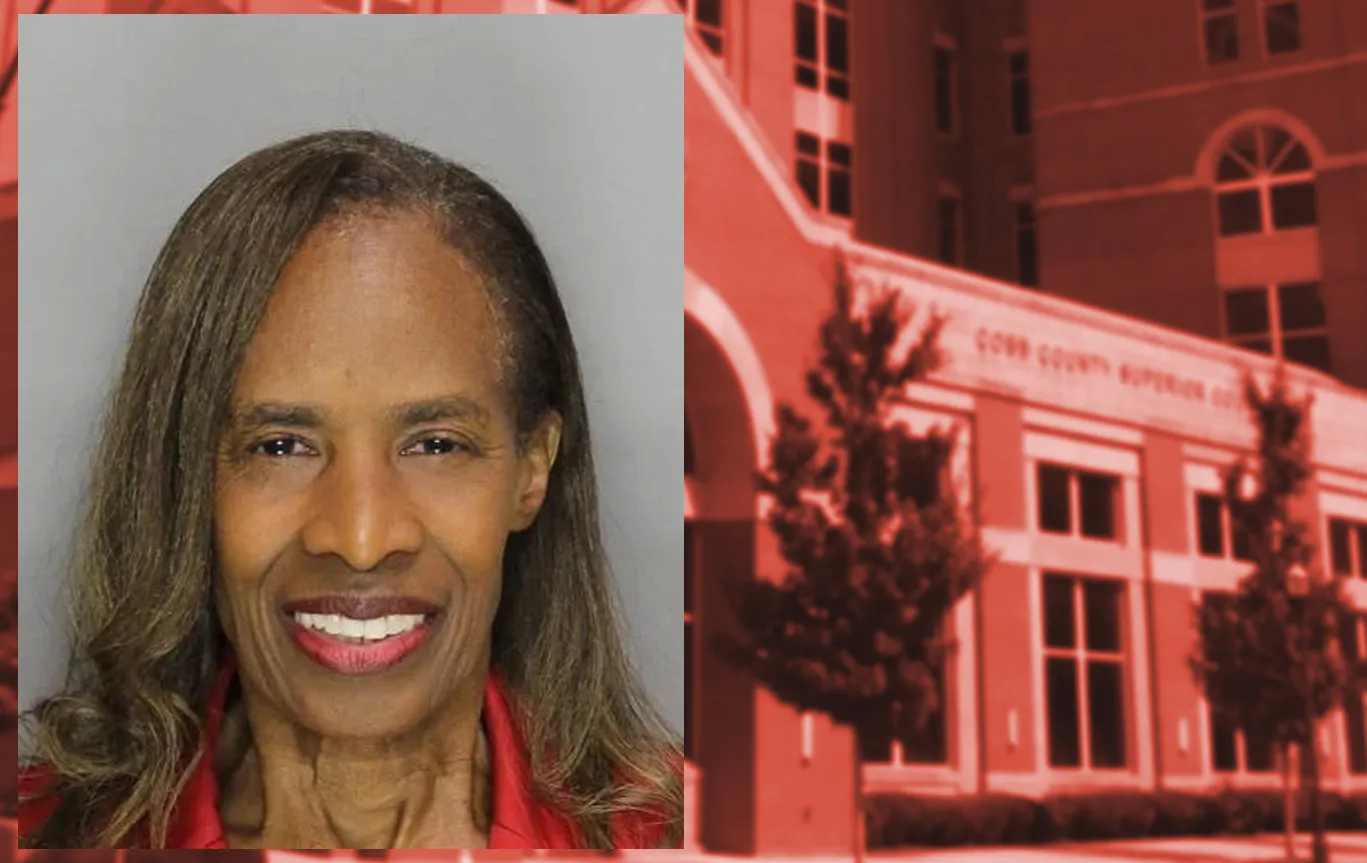Starting this fall, students across Georgia including Cobb County will once again learn how to write in cursive as the state implements a new push to restore the long-absent skill in public schools.
The Georgia Department of Education (GaDOE) confirmed that cursive writing will be formally reintroduced into the elementary curriculum for the 2025–2026 school year. Under new guidelines approved earlier this year, all third-grade students will begin receiving structured cursive instruction starting in August. Instruction will continue through at least fifth grade, allowing students time to develop both reading and writing skills in cursive.
“This is a return to basics”, said State School Superintendent Richard Woods. “We’re making sure that every child in Georgia has the tools to read historical documents, sign their name, and build neurological connections that support lifelong learning.”
According to GaDOE’s rollout plan, all Georgia public elementary schools are expected to follow a unified curriculum that incorporates cursive writing into daily English Language Arts lessons.
Teachers will be provided with updated instructional materials, cursive workbooks, and access to professional development resources over the summer. Some school systems, including Cobb County, have already held teacher training sessions to prepare for the fall semester.
Cobb County Leads in Embracing Traditional Skills
Cobb County School Board Member David Chastain praised the move, calling it “long overdue.” “We’ve had a whole generation of kids grow up without this skill,” Chastain said. “Now, we’re fixing that. This is about restoring not only penmanship but access to our country’s founding documents.”
Indeed, a key motivation behind the policy shift is that many students today cannot read important historical texts like the Declaration of Independence or the U.S. Constitution in their original, handwritten form.
For years, educators and parents have voiced concerns that eliminating cursive instruction has cut students off from understanding these documents as they were written.
Georgia Pushes Back on Failed Education Trends
Georgia joins several other states that have reinstated cursive requirements, countering national trends that deprioritized handwriting in favor of keyboarding and digital skills.
Critics of earlier education reforms point to misguided efforts, such as the failed 1990s proposal to introduce Ebonics in classrooms, as examples of abandoning traditional instruction without evidence of improvement.
While the National Education Association (NEA) has not taken a firm position on cursive instruction, Georgia leaders have made it clear that they view the skill as essential.
“This isn’t a political issue, it’s a practical one,” Superintendent Woods said. “When students can’t sign their own name or read a handwritten note, that’s a real-world problem.”
Local Teachers Ready to Restore a Lost Art
Teachers across Cobb County say they are ready to get started. One East Cobb elementary teacher said, “We’ve seen kids get excited just looking at cursive charts. They ask, ‘When do we get to write like that?’ Well, now the answer is: this fall.”
By the time the first bell rings in August, Georgia classrooms will be equipped to teach cursive once again, restoring a vital part of American education and bridging the gap between digital convenience and historic understanding.







